3 Dry Milk Replacements for Baking Bread Recipes
Substitute for dry milk in bread recipes can transform your baking experience without compromising taste or texture.
A common pantry dilemma for home bakers, lacking this ingredient can halt preparations.
Several alternatives exist that maintain moisture and enhance flavor profiles while achieving similar results to the original ingredient.
These options range from liquid dairy products to plant-based alternatives, each bringing unique characteristics to your bread.
With the right replacement, nobody will detect any difference in your freshly baked creation.
The perfect substitute depends on what qualities matter most to you - whether that's protein content, flavor neutrality, or shelf stability.
Keep reading to find excellent alternatives that will rescue your bread recipe when the pantry runs low on dry milk powder.
Why Use Dry Milk in Bread Baking?
Dry milk, also known as powdered milk, is a handy ingredient in bread baking that boosts flavor, texture, and shelf life while keeping recipes simple and affordable. Adding dry milk can make homemade loaves softer, richer, and more consistent every time you bake:
Dairy-Free Dry Milk Alternatives for Bread
Dairy-free dry milk swaps keep bread recipes soft, flavorful, and golden without any dairy at all. Baking stays just as inviting. Explore which plant-based option could work in your next loaf.
Soy Milk Powder
Soy milk powder offers a convenient dairy-free alternative with its concentrated form of evaporated soy milk in an easy-to-store white or beige powder.
This mild-flavored ingredient won't overpower your recipes while providing high protein content that benefits both your health and the appealing brown color of baked goods.
Many bakers prefer it for dairy-free bread recipes because it substitutes perfectly for dry milk in a simple 1:1 ratio.
The low moisture content gives soy milk powder an impressive shelf life compared to liquid alternatives.
Home cooks appreciate how this versatile powder seamlessly integrates into numerous recipes without requiring refrigeration until needed.
Coconut Milk Powder
Coconut milk powder, created by spray drying fresh coconut milk, stands out as a versatile non-dairy alternative with an impressively long shelf life.
This fine powder packs a rich nutritional profile with high fat content, making it perfect for creamy soups, sauces, and authentic curry dishes.
In desserts like homemade ice cream, it adds a luxurious creaminess that many find irresistible.
When baking bread and other treats, you can easily substitute it for dry milk powder in a simple 1:1 ratio unless the package indicates otherwise.
The powder also adds helpful bulk to heavier baked goods while bringing a subtle tropical flavor that complements many recipes.
Cashew Milk Powder
Cashew milk powder, a nutritious dairy-free alternative, comes from removing liquid from cashew milk through spray drying methods.
This plant-based option offers a creamy, slightly sweet taste that enhances baked goods, soups, sauces, smoothies, and granola bars with its fine texture.
Many recipes welcome cashew milk powder in either dry form or mixed to your preferred consistency, making it versatile for various cooking needs.
For most recipes, you can substitute it for dry milk powder using a simple 1:1 ratio, though checking package instructions is always smart.
Adjusting Hydration and Flavor With Milk Substitutes
When swapping regular milk or dry milk for another liquid in bread baking, a few simple tweaks help keep your loaf soft, flavorful, and perfectly textured:
Avoiding Common Mistakes With Milk Swaps in Bread
Swapping out milk for another liquid in bread baking can work well, but a few simple mistakes can lead to dense loaves, off flavors, or bread that dries out too quickly. Paying attention to hydration, sweetness, and structure helps your bread turn out soft and tasty every time:
Using Sweetened Substitutes
Plant-based milks like almond, soy, or oat can be sweetened, affecting savory breads. Choose unsweetened versions unless sweetness is desired.
Ignoring Consistency
Milk substitutes vary in thickness. Start with less thin milk and add gradually to avoid sticky, hard-to-handle dough.
Forgetting About Fat Content
Low-fat milks reduce tenderness and richness; add oil or melted butter to compensate when using low-fat substitutes.
Overlooking Flavor
Coconut and soy milks have strong flavors; use mild substitutes for classic breads or match bold flavors with specialty recipes.
Not Adjusting for Protein
Milk adds protein for bread structure; without it, bread can be crumbly. Add soy flour, chickpea flour, or protein powder to improve texture.
Skipping the Taste Test
Taste plant-based milks before use; strong aftertastes can affect the final bread flavor.
Baking Time Surprises
Non-dairy milks may alter browning speed; monitor crust and cover with foil if it browns too quickly.
Rushing the Dough
Milk substitutes absorb differently; knead and rest dough as usual, adding liquid as needed for smooth, elastic texture.
Dry Milk in Bread: Best Substitute Tips & FAQs
1. Are there dairy-free alternatives to dry milk for bread?
Absolutely, soy milk powder, coconut milk powder, and rice milk powder are all dairy-free options for bread baking.
2. Can I use regular milk in place of dry milk powder?
Yes, use liquid milk and reduce the amount of water in your recipe accordingly for proper dough consistency.
3. What’s the best substitute for dry milk in a bread machine?
Evaporated milk or soy milk powder are convenient, but liquid milk works if you adjust total liquid in the dough.
4. Are dry milk substitutes suitable for sweet and savory breads?
Yes, all suggested alternatives work in both sweet breads like brioche and savory sandwich loaves.
5. Will using a substitute affect the rise or crust of my bread?
Liquid substitutes can produce a softer crumb and richer crust, while some plant-based powders may create a lighter texture.
6. Can I omit dry milk from bread recipes completely?
You can, but your bread may be less rich and brown less. For the best results, use a substitute rather than omitting.
7. How should I store bread made with milk substitutes?
Cool bread completely and store in a sealed bag or container at room temperature for up to three days or freeze for longer storage.
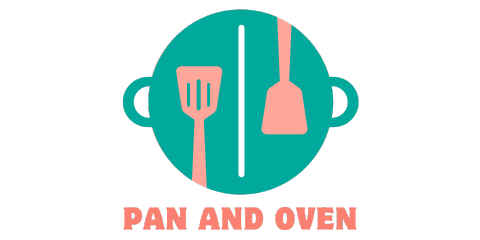
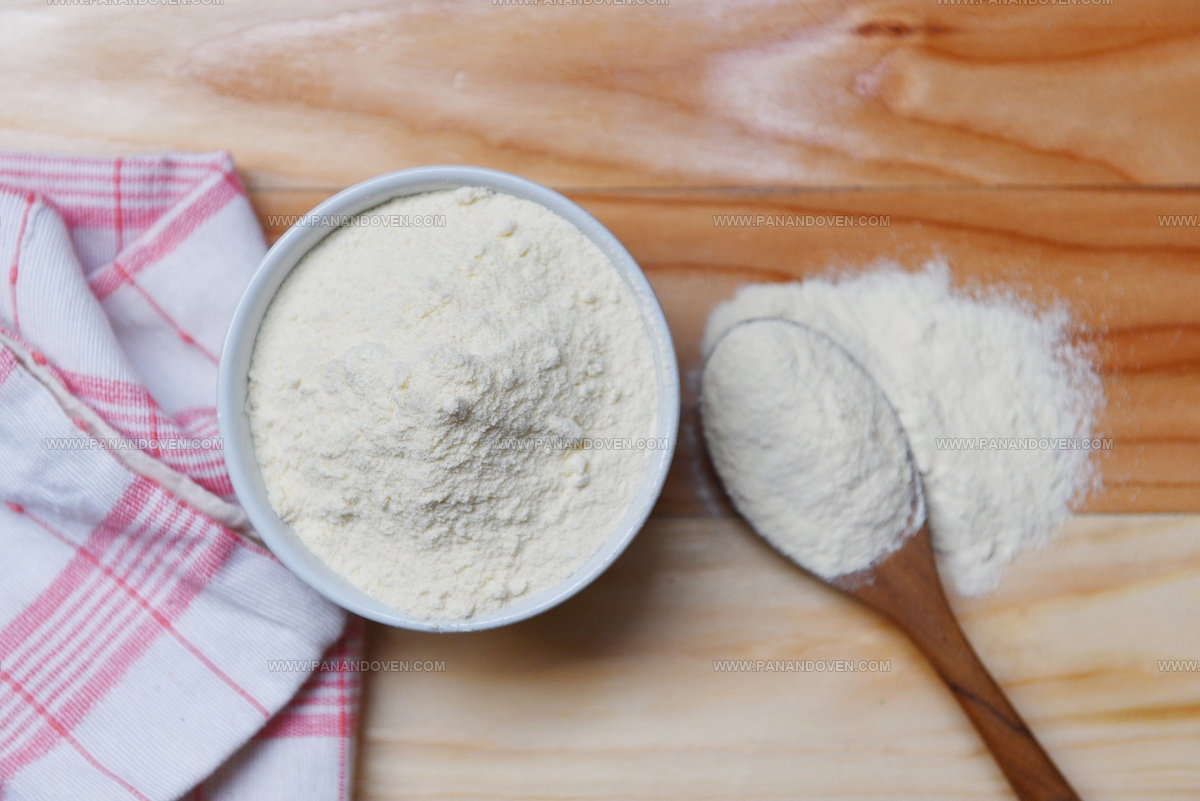
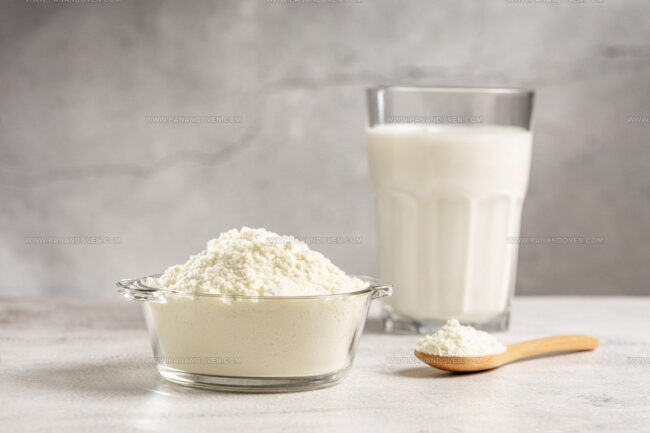
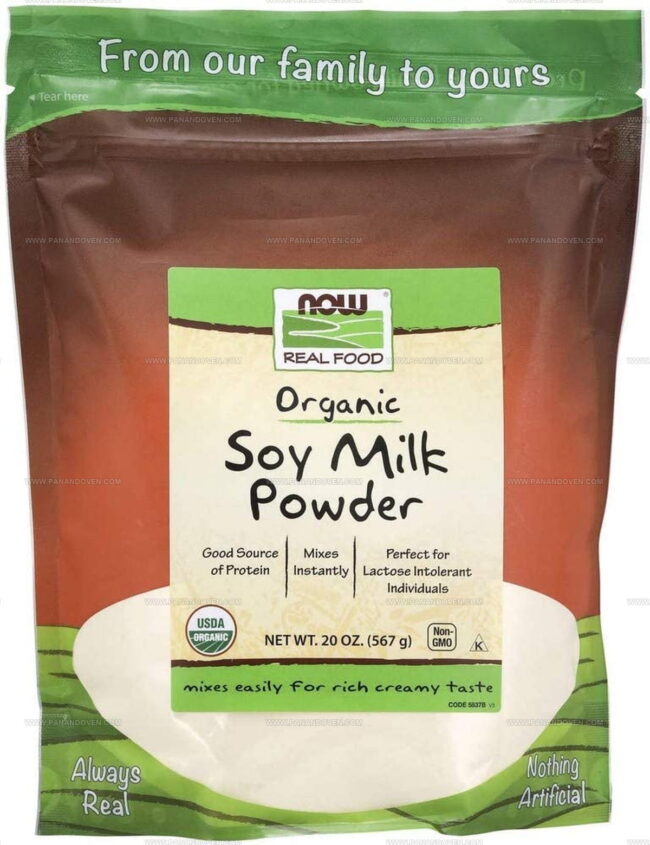
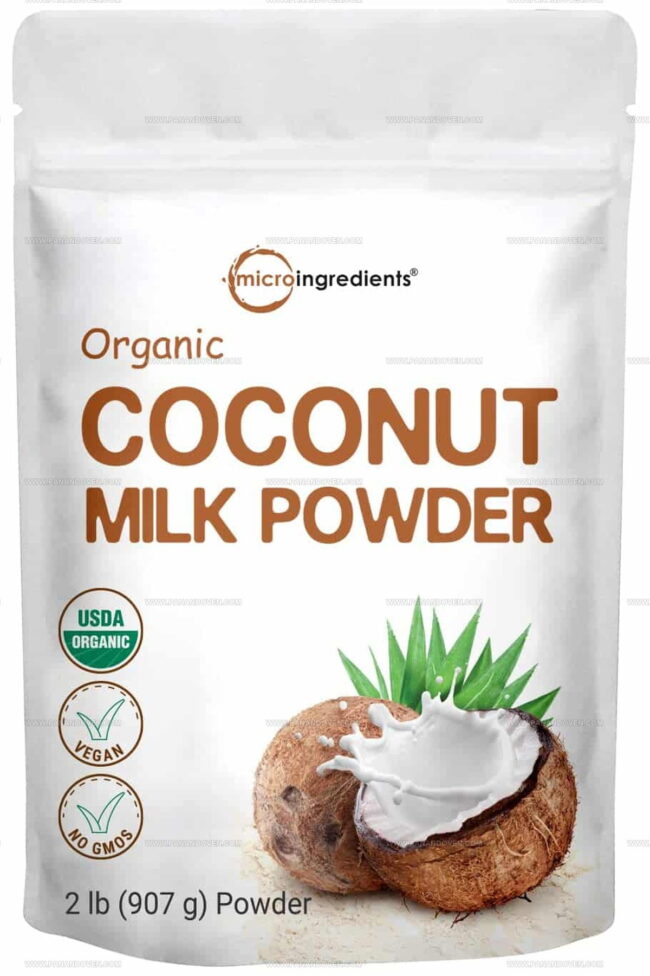
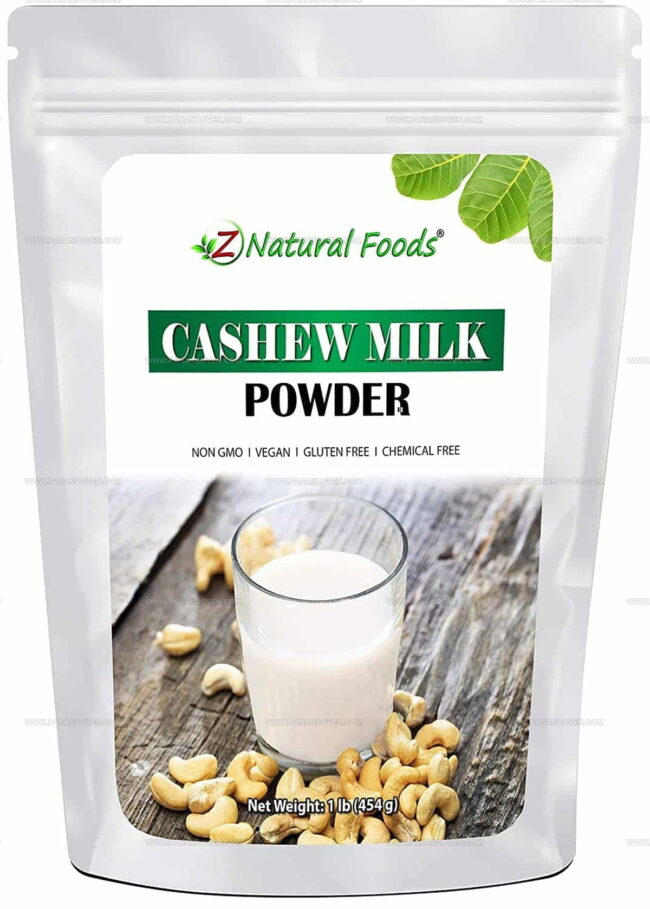
Clara Thompson
Recipe Developer & Food Educator
Expertise
Plant-based and vegetarian recipe development, Nutritional analysis and meal planning, Culinary education and workshop facilitation, Content writing with a focus on healthy living
Education
Diploma in Culinary Arts, Mt. San Jacinto College, CA
Focus: Comprehensive culinary training with an emphasis on sustainable cooking practices.
Certificate in Nutrition and Healthy Living, Cornell University (Online Program)
Focus: Understanding the principles of nutrition to create balanced and health-conscious recipes.
Clara lives where fresh ideas and fresh ingredients meet. She pairs her culinary know-how with her passion for healthy, planet-friendly cooking.
For Clara, good food should taste great, nourish your body, and feel easy to make. Her recipes highlight whole foods, colorful produce, and a deep respect for seasonal eating.